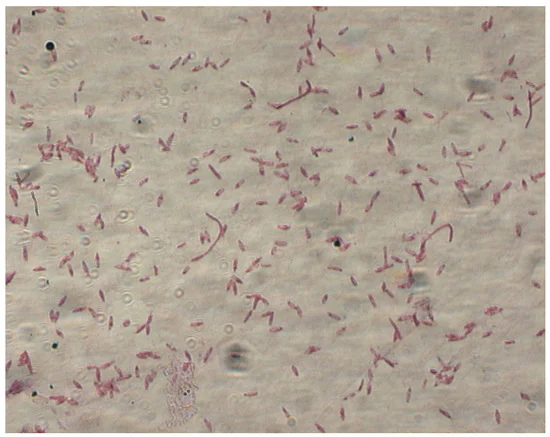Clostridium Perfringens: The Hidden Threat Behind 100 Million Global Food Poisoning Cases Annually
August 19, 2024
Clostridium perfringens is a major pathogen responsible for food poisoning, with over 100 million cases reported globally each year.
Infections caused by C. perfringens are particularly prevalent in the UK, US, Canada, and China, contributing to an estimated 13% of foodborne illnesses.
In the United States alone, C. perfringens accounts for about 1 million food poisoning cases annually, resulting in significant public health concerns.
These infections can affect 8-60% of susceptible animals, leading to economic losses that exceed $600 million.
The economic impact of C. perfringens-related illnesses is substantial, costing the US economy nearly $30 billion due to food poisoning cases.
C. perfringens is commonly transmitted through contaminated food sources, particularly raw meat and dairy products.
This bacterium produces over 20 types of enzymes and toxins, which disrupt intestinal mucosal integrity and immune responses.
There is growing concern about antibiotic resistance in C. perfringens, largely due to the misuse of antibiotics and bacterial evolution.
Recent reviews highlight the global epidemiology of C. perfringens, its molecular features, and the role of virulence factors in its pathogenicity.
Clostridium bacteria are prevalent in the environment and pose significant health risks through food contamination.
Consumer interest in minimally processed foods has risen, which correlates with an increase in foodborne illnesses caused by Clostridium.
Preventive measures are being developed, including recombinant vaccines for livestock that target various toxic components of the bacterium.
Summary based on 2 sources